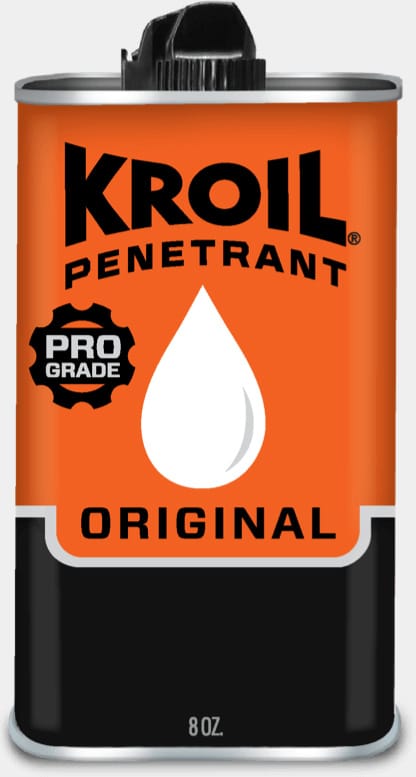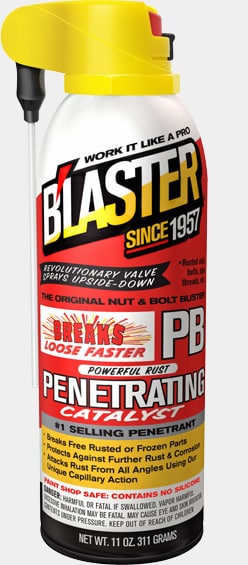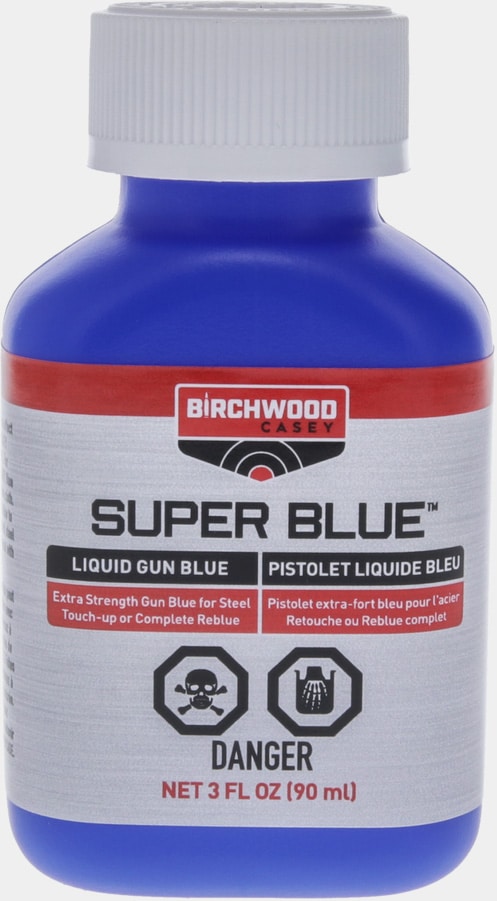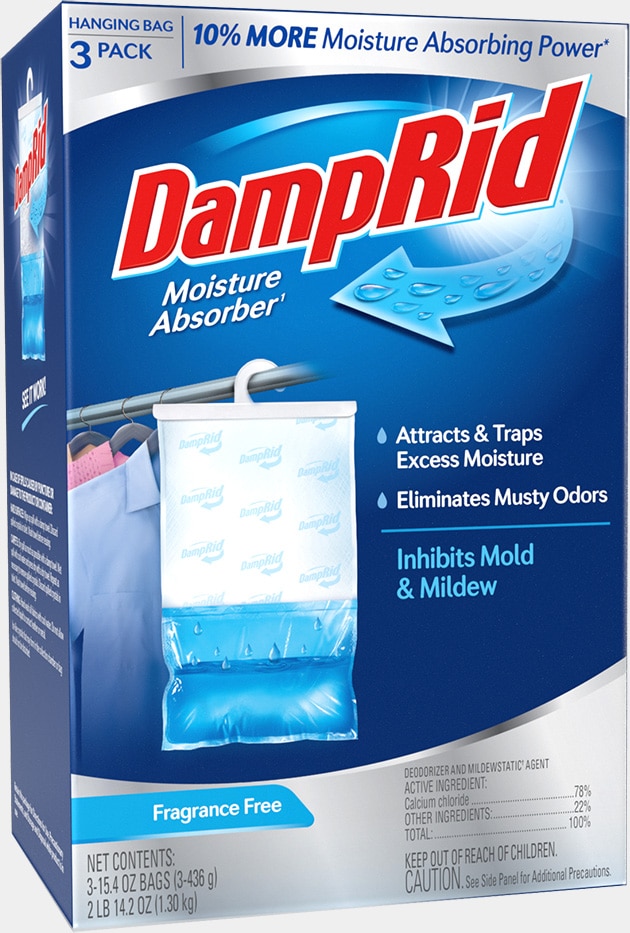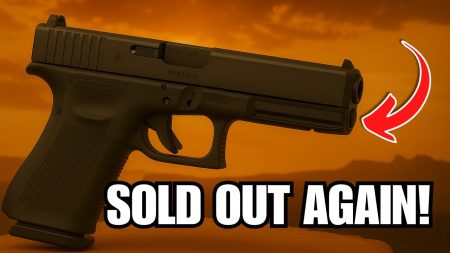Editor’s Note: This article is intended for informational purposes only. Please contact a professional gunsmith if this project would prove to be beyond your personal skill set. Only work with an unloaded firearm. NOTE: this approach can also remove or damage the finish of a firearm.
There’s an old saying that guns have two enemies: politicians and rust. I’m going to help you with that latter one. Firearms, like all metal objects, are susceptible to varying degrees of rust, depending on several factors.
When I started my law enforcement career, my department still had hot cars that were used on a continuous basis. When one broke down and had to go to the city garage, you had to check out a pool car, aka a “roach coach”. These cars were the oldest of the bunch, with high mileage, and were parked in the lot behind the police station.
One evening, I was stuck with a pool car. I found my car, and while checking the vehicle, I opened the trunk — yes, the trunk — to check on the department-issued shotgun. As I opened it up, the smell of mildew hit me. This pool car was missing weatherstripping, and the trunk had about two inches of standing water.
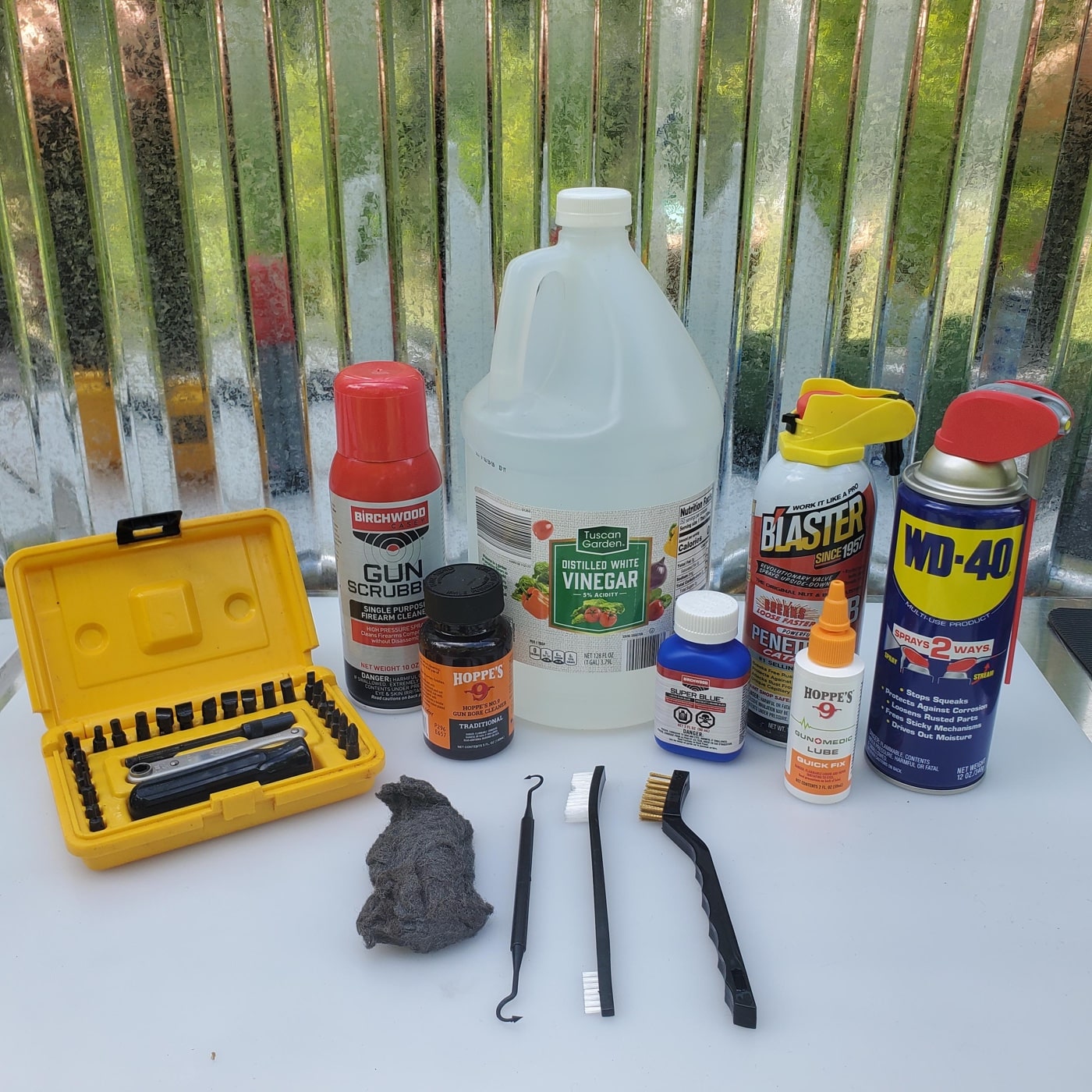
The issued blanket, road flares, and other equipment sat in a pool of water. The shotgun was in its rack above the water, but it didn’t look right. I removed the shotgun to check it, and it was orange from surface rust!
Several factors can contribute to the rusting of firearms, including the use of corrosive ammunition, improper or inadequate cleaning, improper storage, and, of course, high humidity.
Removing Rust
So, let’s talk about how a layman can tackle dealing with a rusty gun. There are different methods to tackle a rust issue depending on the severity of the rust. Is the rust light or heavy? Is there pitting in the metal?
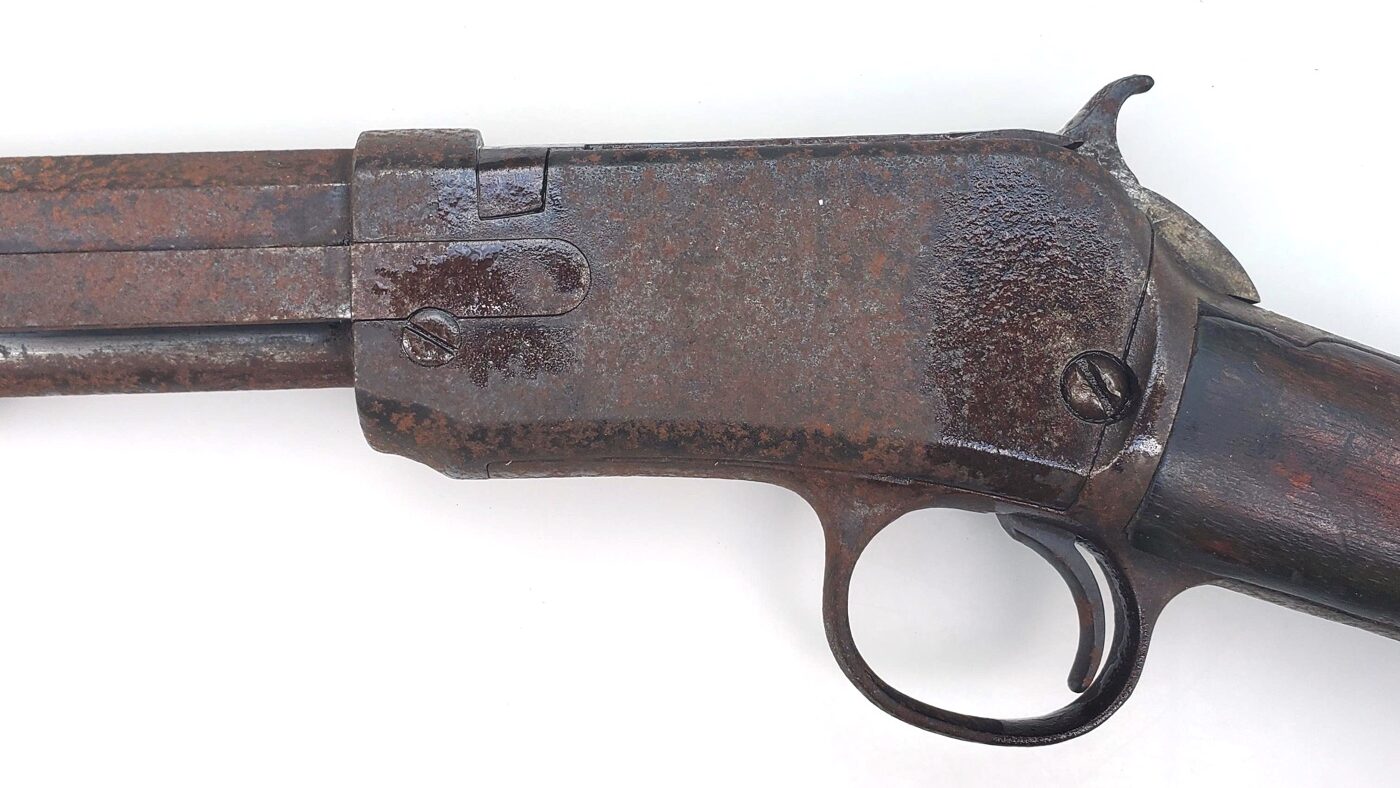
Before starting, assemble your battery of cleaning products, supplies, and tools. Regarding tools, please acquire a proper set of tools. Cheap tools can cause problems and eventually damage your firearms.
When working on a rust issue, disassemble the empty firearm so only the parts needing work are exposed to any chemicals. If you are unfamiliar with disassembling your gun, look online for help and/or take pictures during disassembly to aid with reassembly. You don’t want to have parts left over and have to take the walk of shame to the gunsmith to reassemble your gun.
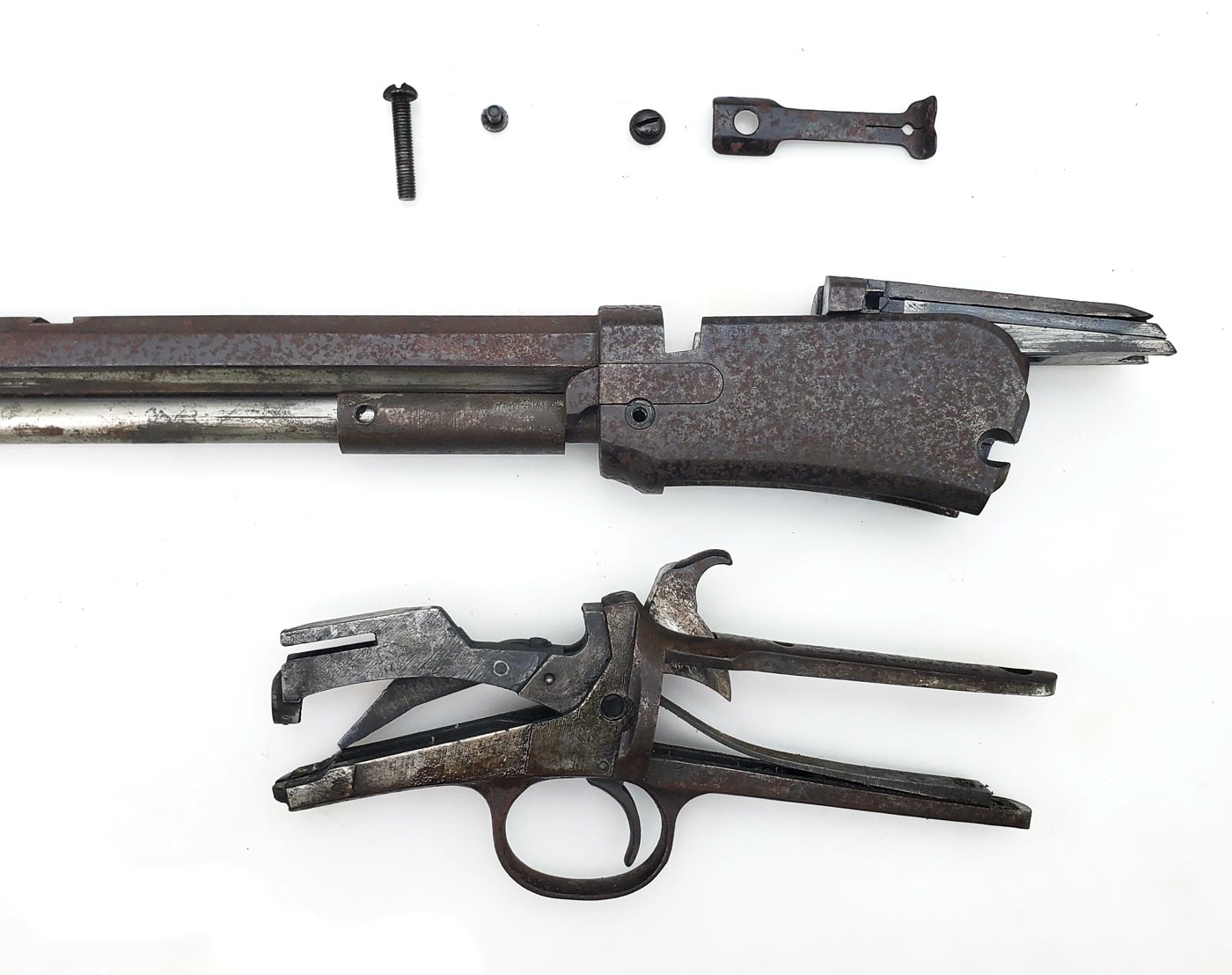
Although it shouldn’t have to be said, you must clear the firearm before doing any maintenance on it.
White Vinegar for Rust Removal
Distilled white vinegar is an excellent cleaning product in general; it’s inexpensive and readily available. Since it is a mild acid, it will break down rust. Apply vinegar to the affected areas and let it work for about 15 minutes, then use a brush to help remove the rust.
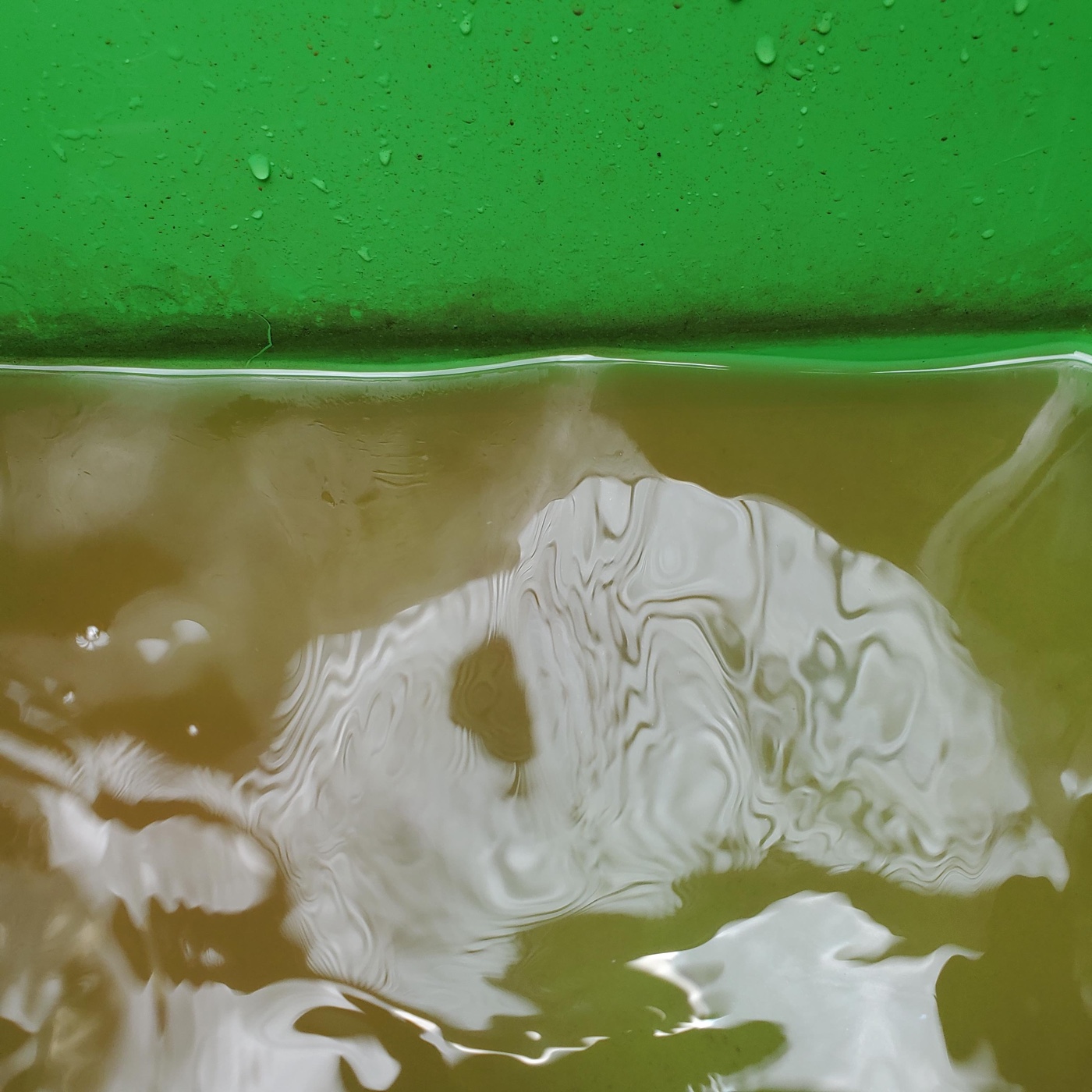
If the rust is all over, you may want to submerge the parts in a container. Keep in mind that vinegar can remove the bluing. After rust removal, wash the parts in hot water and soap to neutralize the vinegar.
Using a Penetrant on Corroded Parts
For lighter rust spots, using Kroil or Blaster penetrant will effectively remove light rust. Coat the rusted areas with the penetrant and use a stiff brush or 000 steel wool to scrub the area. You don’t want to use anything too abrasive, as it could damage the surface.
To Blue or Not to Blue?
Bluing is a process of treating steel to create a protective coating by converting rust into black iron oxide. The blue-black image of black iron oxide is how it got its name.
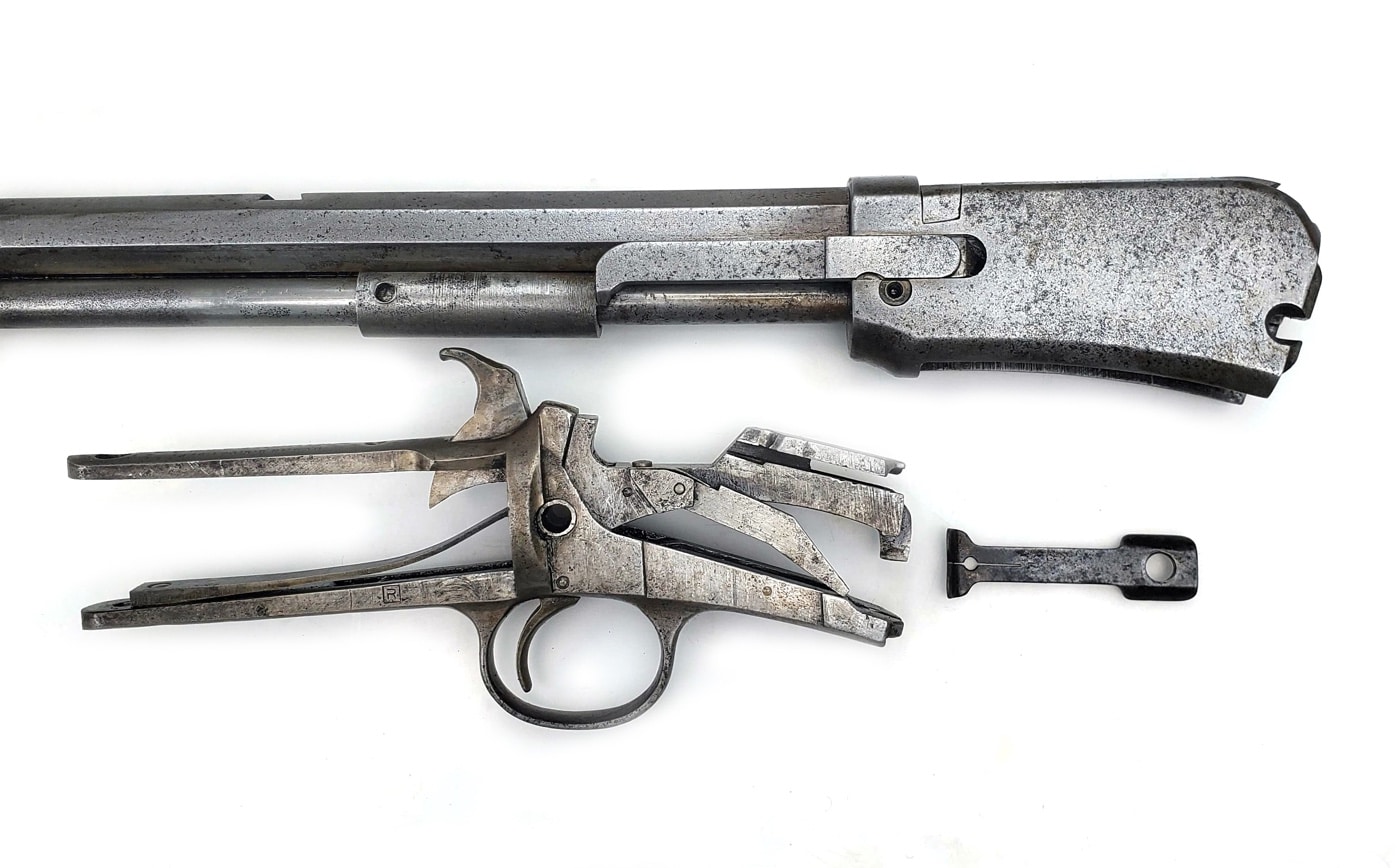
There are two standard methods of bluing a firearm: hot and cold. Both gun manufacturers and gunsmiths use hot-bluing. The process is more involved, but it offers enhanced protection against corrosion. Cold bluing is used mainly for touch-up work by regular firearm enthusiasts and is less durable than hot bluing.
Today, we’ll be demonstrating the cold bluing method.
Now What?
If you’ve removed the rust as best you can and it was worse than you thought, you may want to take it to a professional. If the rust is minor, many shooters use a cold blue solution. A product that I have used in the past with great results is Birchwood Casey Super Blue. It can be used for touch-up or a complete reblue. When using this, please ensure adequate ventilation.

You’ll want to apply the solution only to the area to be reblued, as it can affect the existing blue.
- First, clean the area with a cleaner degreaser or denatured alcohol and rinse with cold water.
- Brighten the area to be reblued with steel wool or abrasive cloth.
- Clean again and rinse.
- Apply blue with a saturated swab or sponge.
- Allow to work for 30 seconds, rinse with cold water, and wipe dry.
- Polish lightly with steel wool.
- Repeat steps 3, 4, 5, and 6 for a darker blue.
- Let cure overnight for best results.
Rust Prevention
Now that your firearm is back in good working order, you need to maintain it in that condition. Getting a rusty gun back into service takes time and energy that you could be using to shoot! You don’t want to have to repeat that process.
Cleaning and Lubrication
After range time, clean your guns. There is no excuse for putting a dirty gun back in your case or cabinet. Shooting leaves corrosives inside the weapon, and they need to be removed.
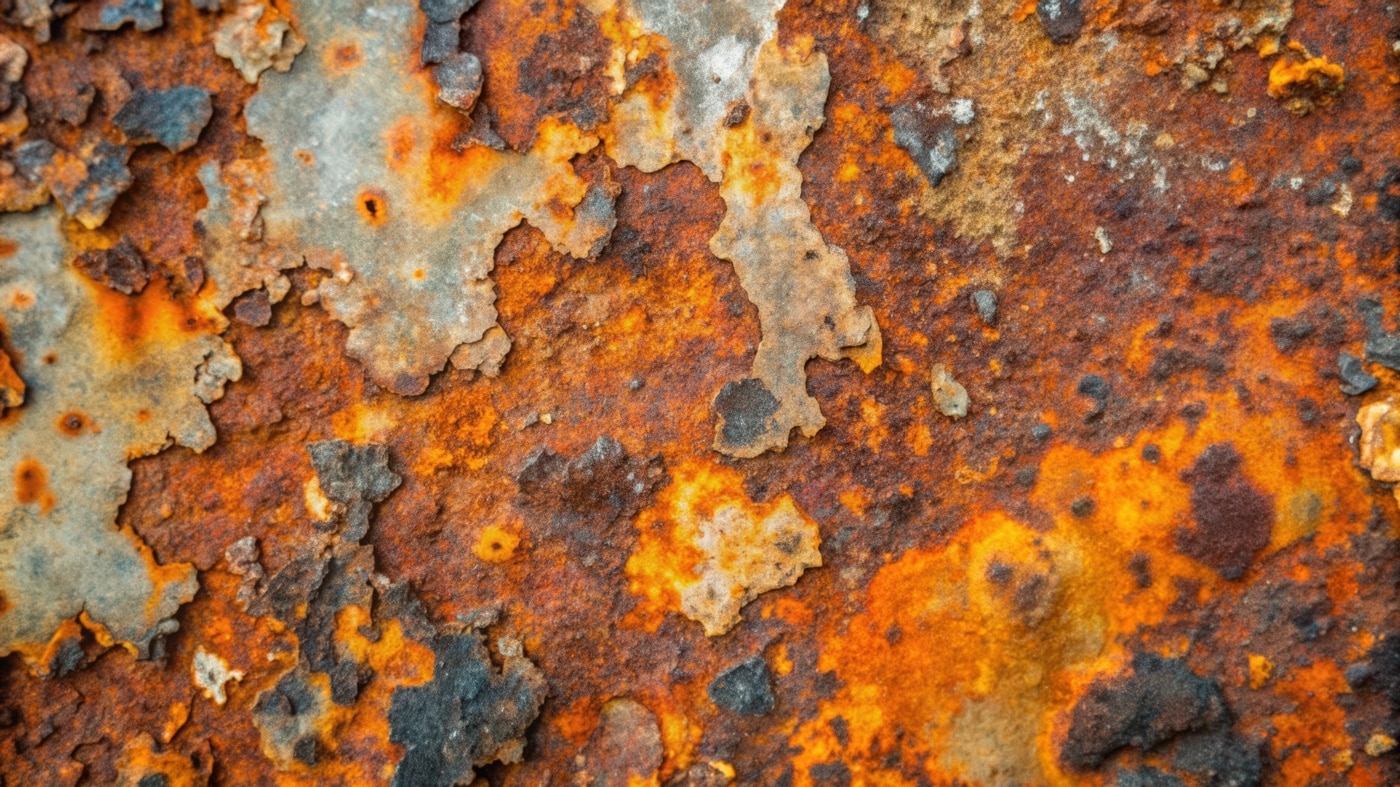
After cleaning, lubricate your weapon. Depending on your environment, you may need to lubricate more frequently. I have been to department qualifications and witnessed guns seize up after a few rounds due to a lack of lubrication. Believe it or not, some officers don’t remove their duty pistol until it’s time to qualify. In areas with high temperatures and humidity, your gun needs to be checked frequently.
Proper Storage
Now that your firearm is looking better, let’s keep it that way. Firearms are an investment and should be stored with care. You want to keep your firearms away from moisture. There are various storage solutions available to keep your firearms safe.
Something as simple as a gun sock can help keep your firearm from rusting. They are impregnated with silicone and also cushion your guns from scratches.
When storing firearms in a gun cabinet, using a desiccant can be beneficial. Many shooters use other methods, such as Damp Rid or a piano dryer/dehumidifier, in their safes to control moisture levels.
Protect Your Investment
Firearms are expensive, so why wouldn’t you want to keep them in safe working order? Follow these tips and enjoy the shooting sports.
Editor’s Note: Please be sure to check out The Armory Life Forum, where you can comment about our daily articles, as well as just talk guns and gear. Click the “Go To Forum Thread” link below to jump in and discuss this article and much more!
Join the Discussion
Featured in this article
Read the full article here


